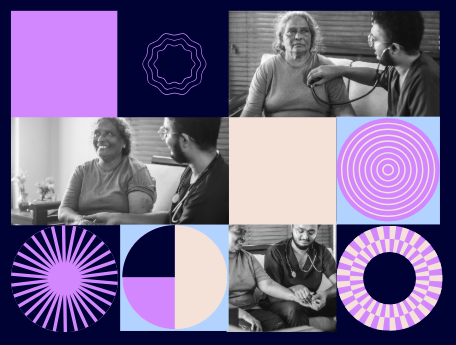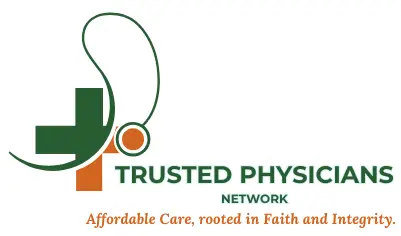The Struggle of Accessing Healthcare in the USA

Imagine this: You wake up feeling awful. You try to book a doctor’s appointment, only to be told the next available slot is in three months. If you don’t have insurance, the visit could cost you hundreds—maybe even thousands—of dollars. And if you live in a rural area, your only option might be a long drive to the nearest clinic.
Sound familiar? You’re not alone. Accessing healthcare in the U.S. is a struggle for millions of people, and it’s not just about getting an appointment. It’s about affordability, provider shortages, bureaucracy, and so much more. Let’s dive into the key challenges.
The Cost Factor: Healthcare at a Premium
Healthcare in the U.S. is expensive—really expensive. Even with insurance, deductibles, copays, and out-of-pocket expenses can make medical care feel out of reach. According to recent reports, nearly 40% of Americans avoid medical care due to cost concerns.
If you don’t have insurance, an ER visit alone can set you back thousands. Even basic prescriptions like insulin can cost hundreds per month without proper coverage. This system creates a reality where many people delay care until it becomes an emergency—often leading to worse outcomes and even higher costs.
Insurance Complications: A Maze of Paperwork and Denials
If you do have insurance, the battle isn’t over. Many people find themselves caught in a maze of prior authorizations, network restrictions, and surprise medical bills.
- Your doctor prescribes a medication? Your insurance may deny it.
- Need a specialist? Better hope they’re in-network.
- Had a medical procedure? You might still get a surprise bill weeks later.
For those on government programs like Medicaid, finding a provider who accepts their insurance can be a challenge of its own, as many doctors limit Medicaid patients due to low reimbursement rates.
The Doctor Shortage: Not Enough Hands on Deck
Even if you have the money and insurance, actually getting an appointment is another hurdle. The U.S. is facing a serious shortage of healthcare providers, especially in rural and underserved areas.
Consider this:
- Rural areas often have a severe lack of doctors, forcing people to drive hours just to see a specialist.
- Primary care doctors are overloaded, making wait times for new patients weeks to months long in many places.
- Mental health providers? Even worse. Finding a therapist or psychiatrist who accepts insurance is like winning the lottery.
This shortage leads to burnout among doctors, long wait times, and rushed appointments that leave patients feeling unheard.
Bureaucracy and Administrative Hurdles
Healthcare in the U.S. is tied up in red tape. Between prior authorizations, billing disputes, and insurance approvals, patients often feel like they’re fighting an uphill battle just to get basic care.
Doctors and clinics also spend a huge amount of time on paperwork, taking time away from actually treating patients. The system is complicated by design, leaving people frustrated and, at times, giving up on care altogether.
Disparities in Care: Not Everyone Gets the Same Access
Healthcare access isn’t just about money—it’s also about race, geography, and socioeconomic status. Studies show that minority communities and lower-income populations often face:
- Higher rates of chronic diseases due to limited preventive care.
- Fewer providers nearby, especially in communities of color.
- Discrimination and bias in treatment, leading to worse health outcomes.
Even with the same insurance, some patients struggle to receive the same quality of care due to implicit bias and systemic inequalities within the medical system.
Thus, What's the Solution?
While the system is far from perfect, there are ways to improve access to healthcare:
- Expanding telehealth services to reach rural and underserved areas.
- Increasing funding for primary care and provider incentives to work in shortage areas.
- Fixing price transparency so patients know what they’ll pay before treatment.
- Reforming insurance processes to cut down on denials and red tape.
- Addressing social determinants of health, like housing and food insecurity, which impact overall well-being.
Healthcare is a basic necessity, yet for many in the U.S., it feels like a luxury. Whether it’s the high cost, long wait times, or insurance nightmares, access to care remains one of the biggest struggles in the country.
Until meaningful changes are made, many Americans will continue to ask the same question: Why is it so hard to see a doctor?

